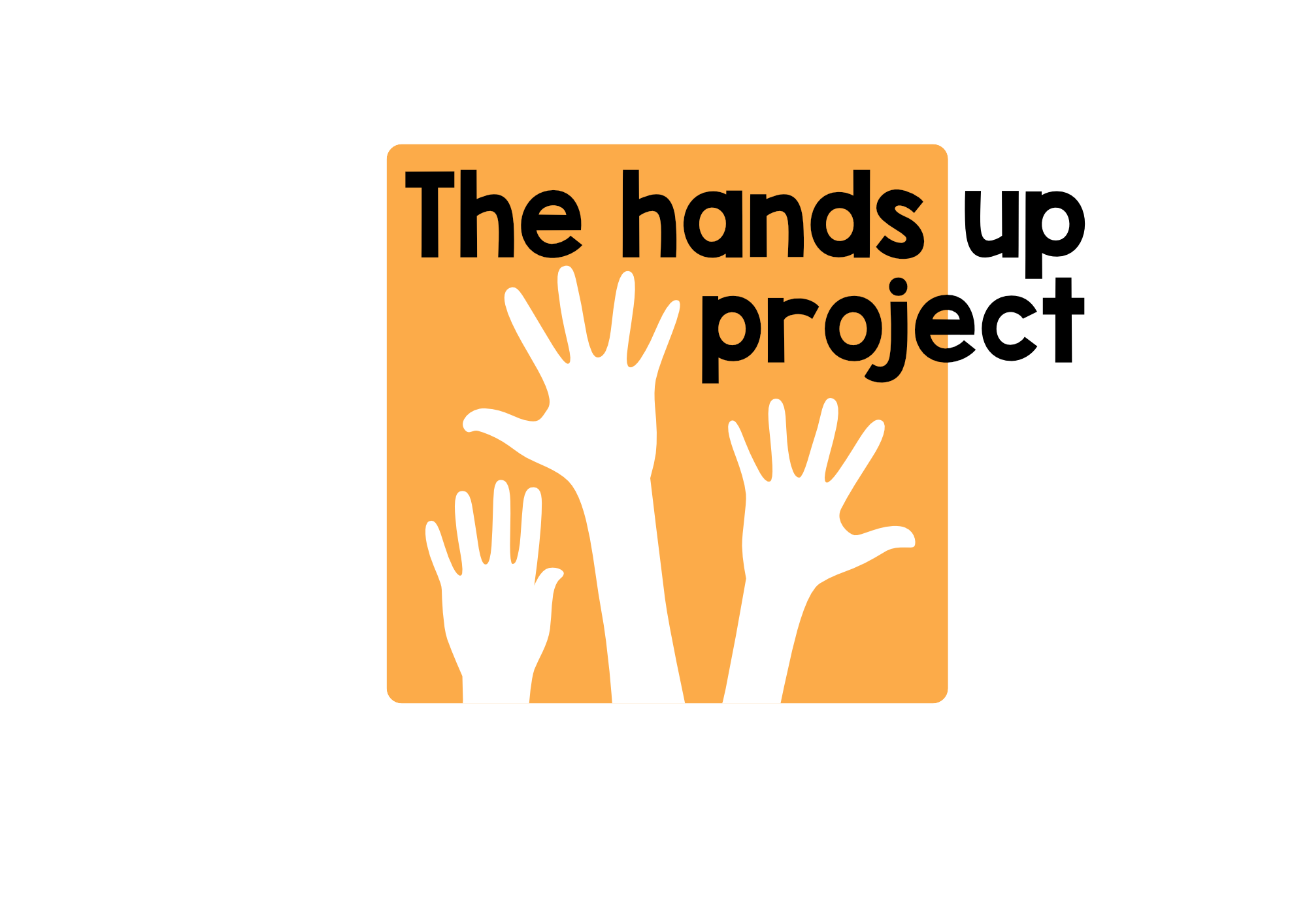Still images and language learning
Rereading some of the “oldie but goodie blogs”, I came across this one and thought how well it could work in some of the Zoom sessions that I’m doing with students connecting from home. Most of the activities suggested here would work in online groups, using a combination of breakout rooms and simple adaptations. In fact, I think I’ll try some this week..
Still images, or tableaux, are a common convention used in the field of educational drama. They basically involve the learners working together in small groups to create a human statue of a frozen moment in time. The still image could depict a key event in a story (for instance when Cinderella’s sisters try on the glass slipper), a social problem (eg. a dysfunctional family), or a word or concept (the beach or a robbery). I recently spent a week doing a lot of still image work in a series of drama workshops with children from UNRWA schools in different Palestinian cities. Here’s one that was created by some children in Hebron on the topic of exams.
Wherever you are in the world, I think you’ll be able to identify with some of the universal aspects of exams which are portrayed in this image: the struggling boy at the back, the confident one who’s already finished in front of him, the ‘cheating’ that’s going on at the front, and the teacher’s reaction to this.
In multilingual classes where English is the common language this activity generates a lot of useful discussion in English at the planning stage, but in a monolingual class, however much we insist on English being used, it’s almost inevitable, in my experience, that learners will plan their still images in their mother tongue. This doesn’t matter at all, in my opinion, as English language development can happen at the feedback stage. Here the role of the teacher becomes very important in providing opportunities for language exposure, language activation and critical thinking.
For example with the above still image, the teacher could ask questions which expose the learners to language (Who’s the teacher here? Who’s happy? Who’s trying to ‘cheat’? etc). They could follow this us with questions to activate language (What’s Sahar’s job? How does Khalid feel? What is Ahmed doing? etc), and they could also ask more open, personalising questions to generate more critical thinking ( What do you see here? What’s Maryam thinking? What’s going to happen next? Which person do you sympathise with the most? Why? )
Of course, with classes that are new to this technique, as was the case with the most of the learners I worked with in Palestine, they may need a lot of support before creating their own still images. With the same group in Hebron, we did a stage where I invited two learners up to the front and basically told them how to position themselves (see below)
The conversation then went something like this :-
Me: Who are they?
Learner 1: Teacher and student
Me: OK. Where are they?
Learner 2: In school
Me: I see. What is the teacher doing Ibrahim?
Learner 3: She help student.
Me: Yes, she’s helping the student
etc…..
Me: What if this is in a restaurant, Yousef?
Learner 7: Waiter show menu and say this mut’abel very good
Me: I see, yes it looks like she’s recommending the mut’abel, yes?
etc…
Here’s another activity which I think works quite well as a preparation for learners creating their own still images. I invite one learner to come up to the front of the class and to make a still image on her own of anything she likes. This works best, in my experience, if they don’t think too much about what they are doing. Now another person comes up and spontaneously creates a statue which interacts in some way with the first. A third learner now comes up and says a sentence to explain what she thinks is going on, using ‘Once upon a time…’ as a sentence head. For the image below with a girls group in Gaza (in which I was demonstrating the activity) the third learner produced a sentence like ‘Once upon a time a man tried to steal a woman’s bag‘
Learners can come up in threes and take it in turns to create their own spontaneous images in front of the class, with each of them having the chance to be one of the three roles. These kind of activities are great in my opinion for encouraging creativity and for providing a very memorable context in which to situate language. I find it interesting how, when we look at still images like these, our minds automatically start imagining stories. What stories can you see in the still image below (also created by the girls’ group in Gaza) ? Is it about a girl who found a missing kitten? Is it a marriage proposal? Have some gold prospectors just found a nugget of gold in a river? Or is it something else?
Have you ever used still images in your online classes? If so, how and for what purpose? Please leave a comment below.




